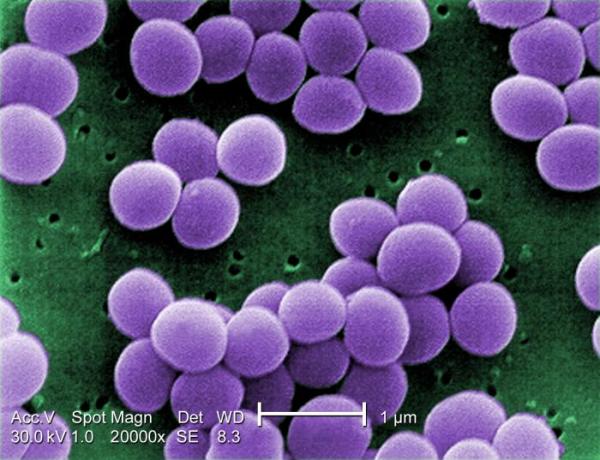Mechanism of resistance to many bacterial drugs
In an article published in the journal Science, the team came from the University of Limoges, the French National Center for Scientific Research (CNRS), the French National Health and Medical Research Institute ( Inserm) first decodes the molecular mechanism by which bacteria resist many antibiotics, or even allow bacteria to adapt to a new environment. This new discovery highlights the difficulties faced by public health strategies when approaching drug resistance.
Antibiotic resistance appeared in the 1950s, at the same time antibiotics began to be used. Later, it was discovered that the resistance gene is easily dispersed and exchanged from bacteria to other bacteria through a system called intergrons. This system contains genes that are 'copy and paste' genes. However, the exchange and control of drug resistance remains a mystery.
The work of researchers from the Pasteur Institute collaborated with CNRS, Inserm, Medicine Department of Limoges and the Spanish team for the first time to reveal how bacteria get drug-resistant properties. It is the antibiotic that activates the synthesis of bacterial enzymes.This enzyme combines with the drug resistance gene, present in intergrons.
 Staphylococcus aureus (Staphylococcus aureus) in microphotography (SEM). (Photo: Janice Haney Carr)
Staphylococcus aureus (Staphylococcus aureus) in microphotography (SEM). (Photo: Janice Haney Carr)
This enzyme also promotes the reorganization of resistance genes in intergons. The order of these genes in intergrons determines their priority level of presence: the first genes that appear the most, create the corresponding resistance to bacteria. The last genes are in a separate area and do not work. When antibiotics are introduced, new arrangements take place, for example, previously inactive genes are transferred to the first place, giving the bacteria the necessary features to fight this drug.Bacteria that have the perfect combination of genes, therefore, have a chance to survive, and ensure that resistance is maintained from generation to generation.
This work shows that the level of antibiotic adaptation is very effective both in the short and long term. This obviously poses a very difficult problem for bacterial genetics. Measures to protect public health in the future need to carefully consider this issue if they want to solve drug resistance problem thoroughly.
References:
Guerin et al.The SOS Response Controls Integron Recombination.Science, 2009;324 (5930): 1034 DOI: 10.1126 / science.1172914
- Find out the evolutionary mechanism of many deadly dangerous bacteria
- 10 reasons why antibiotic resistance is scary right now
- Find the clues that cause cancer resistance
- Ability to develop new anti-bacterial drugs
- Decoding the process of bacterial division
- How did bacteria learn to fight antibiotics?
- Bacterial bacteria eat DNA to evolve into antibiotic resistant strains
- Bio-nano robot will help end the antibiotic resistance crisis
- Detection of weaknesses of drug resistance
- Drug resistance of the virus
- 'New weapon' against antimicrobial from synthetic sugar
- Found clues of antibacterial hybrid resistance
 Why do potatoes have eyes?
Why do potatoes have eyes? 'Tragedy' the world's largest carnivorous life: Death becomes ... public toilet
'Tragedy' the world's largest carnivorous life: Death becomes ... public toilet Tomatoes were once considered 'poisonous' for 200 years
Tomatoes were once considered 'poisonous' for 200 years Detecting microscopic parasites on human face
Detecting microscopic parasites on human face Air pollution increases the risk of antibiotic resistance
Air pollution increases the risk of antibiotic resistance  The United Nations' all-human warning: All antibiotics are becoming useless
The United Nations' all-human warning: All antibiotics are becoming useless  US CDC warns: Bacteria
US CDC warns: Bacteria  Find out the evolutionary mechanism of many deadly dangerous bacteria
Find out the evolutionary mechanism of many deadly dangerous bacteria  Despite being a vegetarian, you are still making bacteria become resistant to drugs
Despite being a vegetarian, you are still making bacteria become resistant to drugs  Discover the mystery of blight disease in potatoes
Discover the mystery of blight disease in potatoes 